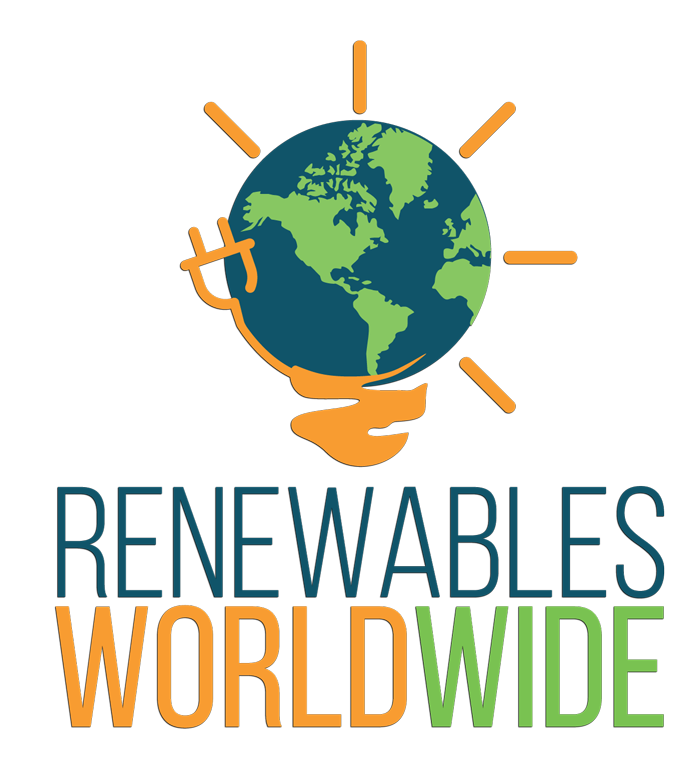
Does Community Solar Make Sense in New Hampshire?
With all the hype around sustainability, does community solar energy in New Hampshire make sense? Here’s our take.
Read More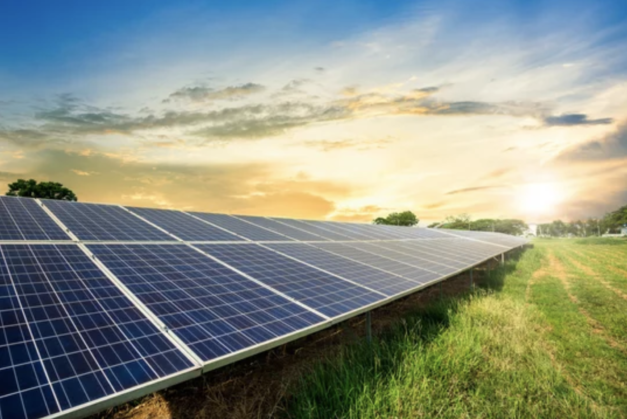
A Closer Look at Solar Energy and the Benefits of Community Solar
If you’re considering community solar for your business, it’s wise to understand how it all works. Here’s a closer look at this renewable energy resource.
Read More
Save Money with Solar Incentives in 2025
Solar power is now the most affordable source of electricity worldwide, thanks to a dramatic drop in costs over the last decade. Still, the upfront cost of installing solar panels can feel out of reach for many homeowners and businesses. That’s where solar incentives come in, and at Renewables Worldwide, we’re here to help you take advantage of them.
Read More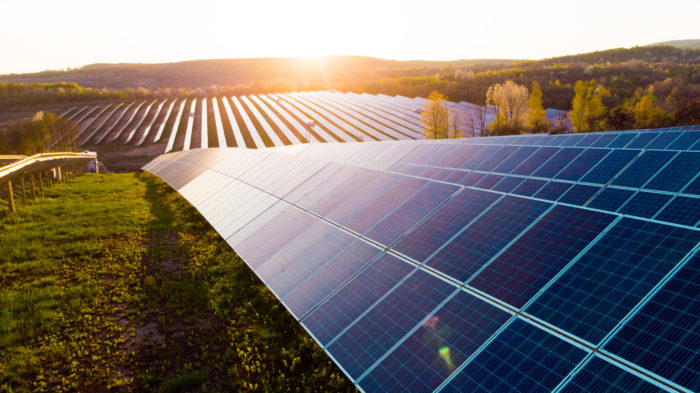
Our Experts Offer an Inside Look into Different Solar Farms
Solar farms have been popping up all over the United States, and Renewables Worldwide is proud to be a part of the solar movement!
Read More
The Role of an Energy Broker in Community Solar Farms
An energy broker has an important role to play in the development of community solar farms. Here’s a closer look at what they do.
Read More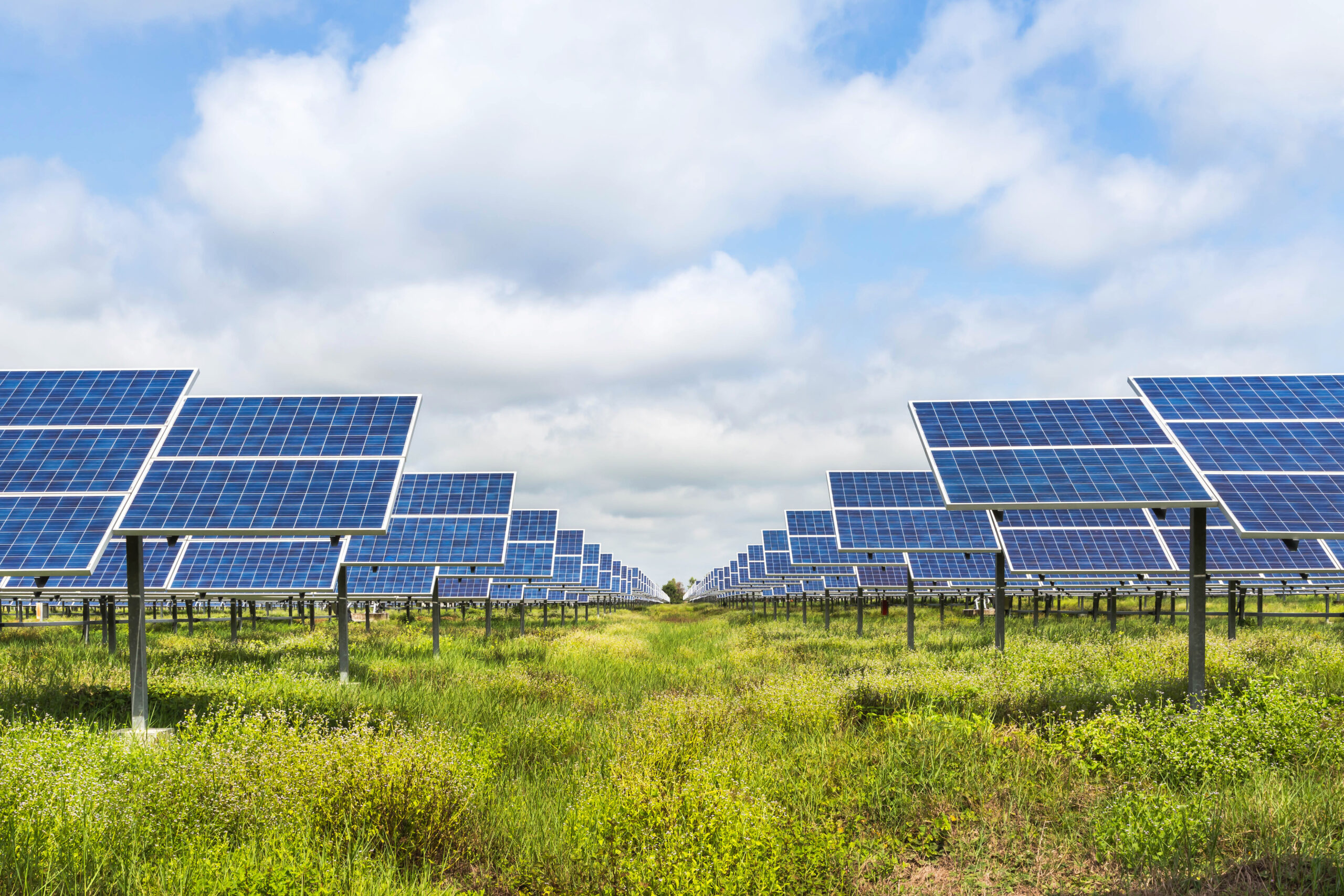
Go Equipment-Free with Community Solar
Joining a community solar program offers many benefits for your business, particularly eliminating the need for equipment on your property.
Read More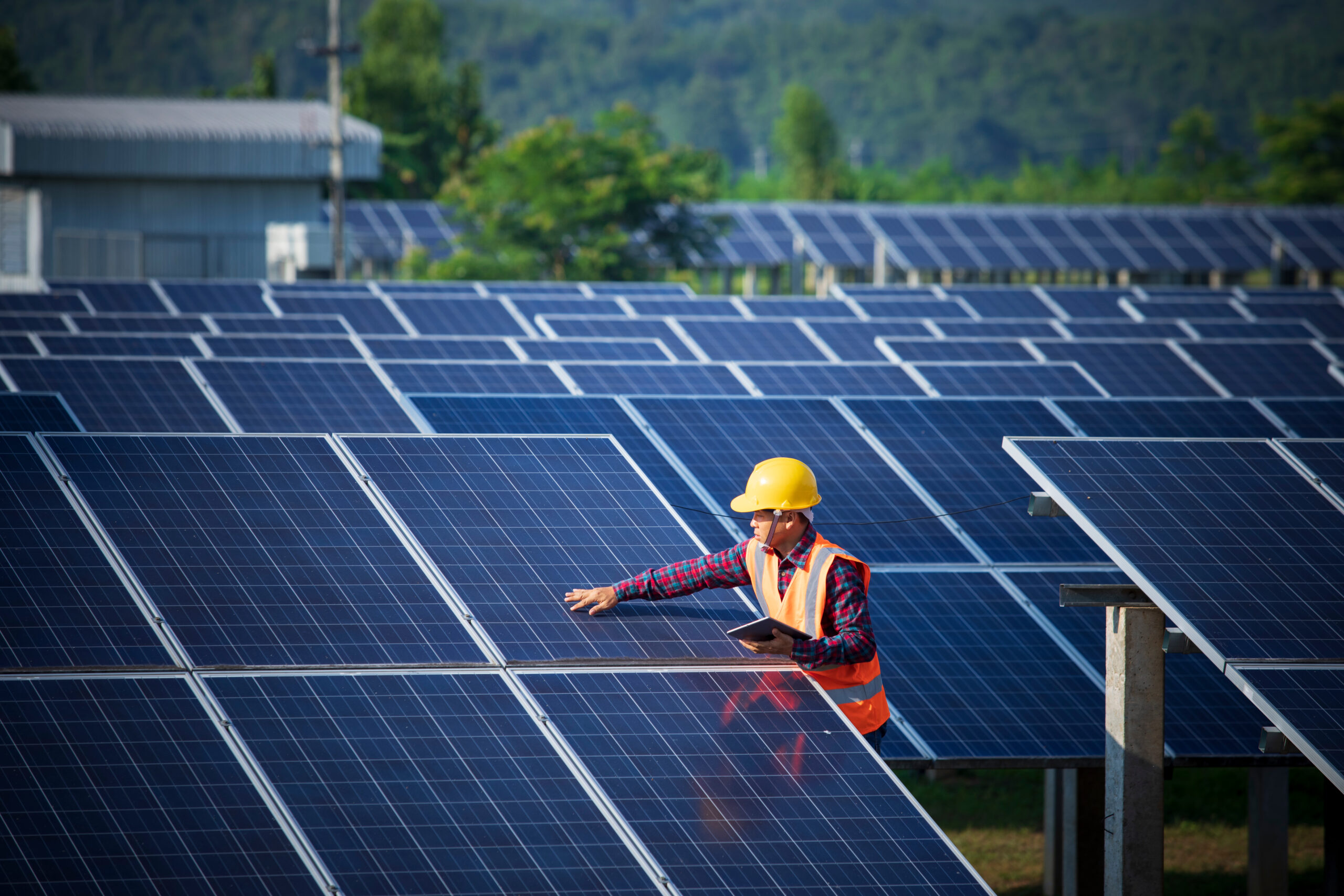
Why Small Businesses Should Join a Community Solar Farm
Joining a New York community solar farm is an excellent opportunity for your business. Here’s why you should join one.
Read More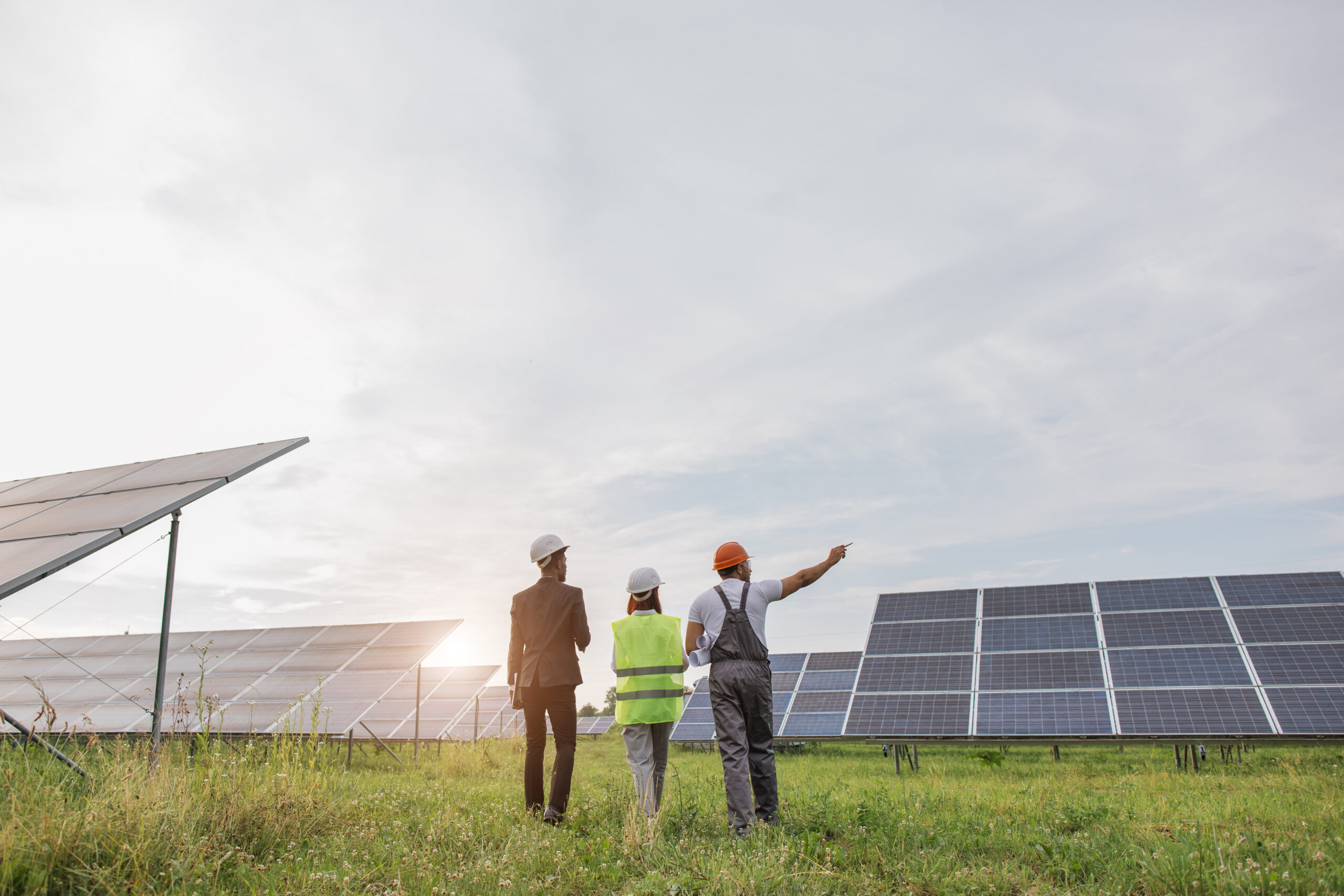
How Shared Community Solar Works
If you’re looking into community solar in MA, it’s crucial to understand how it works. Let us explain the process and benefits.
Read More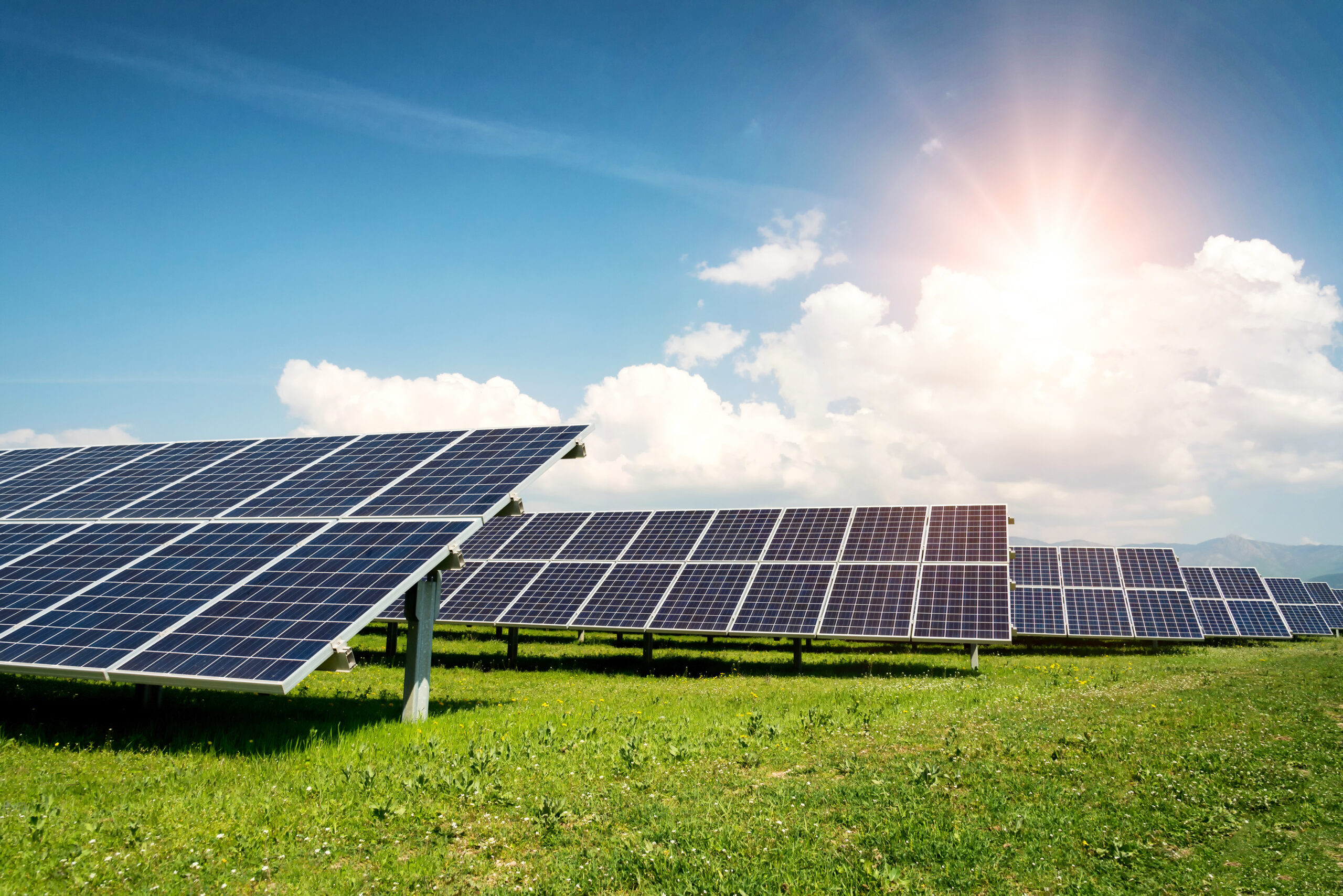
The Top 3 Solar Farm Maintenance Tasks
While solar farm maintenance can be complex, the essential tasks are simple. Here is a brief overview of the top three maintenance tasks.
Read More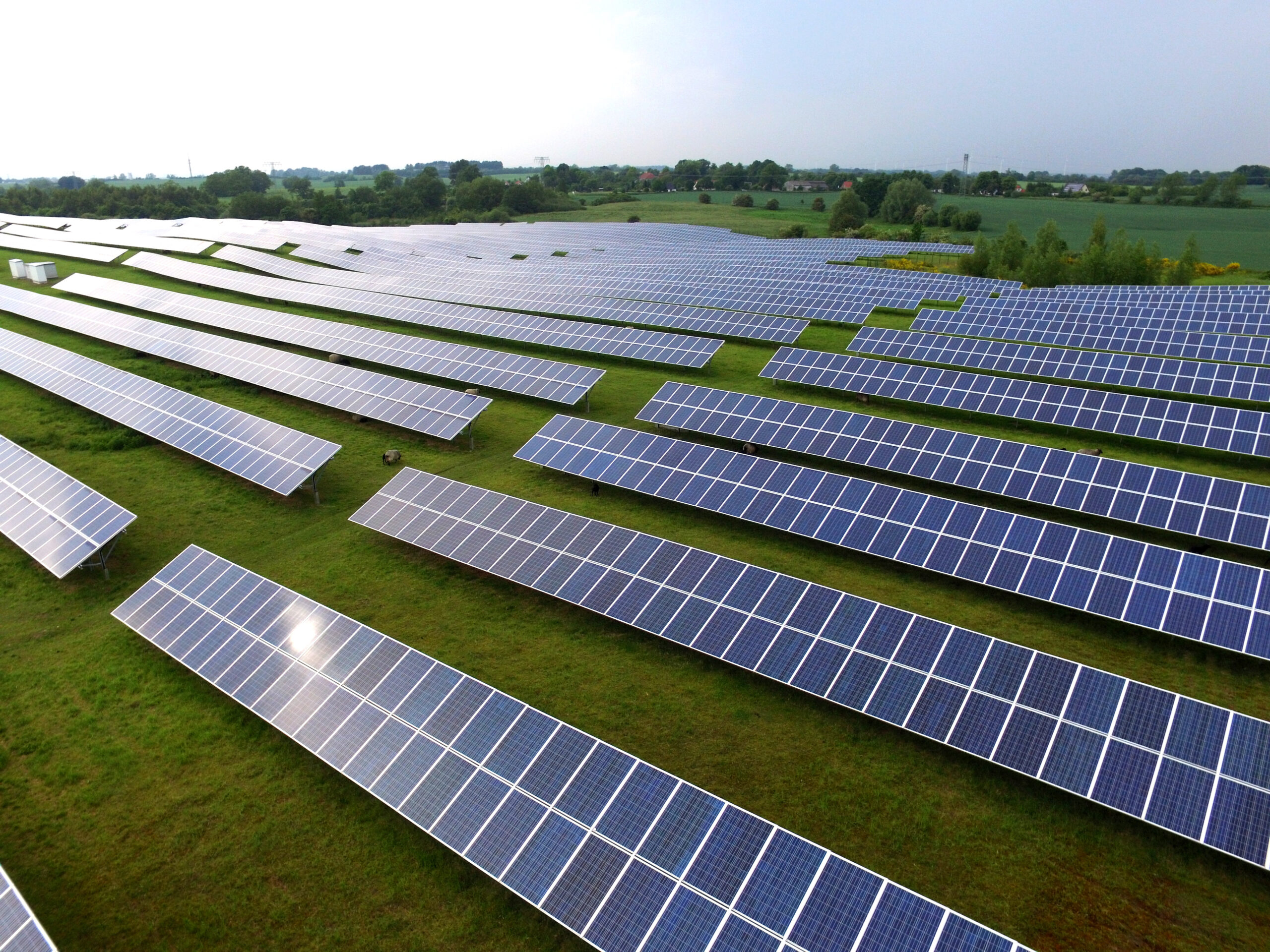
3 More Reasons to Join Community Solar in MA
In our previous blog post, we provided some reasons to join a community solar project instead of purchasing solar panels. While there are many benefits to buying solar panels, that’s not the best route for everyone. If you want to save on your energy bills and have a positive impact on the environment, joining a community solar project in MA is the ideal solution.
Are you looking into community solar in MA? Here are three reasons why you should opt for this energy solution.
Reduced Risk and Commitment
If you buy solar panels, you’re stuck with them no matter what happens. If you join a community solar project, your risk and commitment requirements go way down. Many community solar farms offer flexible contracts, so if you need to leave or adjust how you use solar power, you can. If you are uncertain about your long-term energy needs, it’s easy to expand or reduce your participation in the community solar project.
Access to Incentives and Tax Credits
Depending on what’s in place when you join a community solar project, there are often various incentives and tax credits available. In some cases, the incentives are higher if you purchase your own solar panels, but actually getting that money can be a hassle. When you opt for community solar instead, the project operator applies for the tax credits and rebates and then distributes them to the participants. You don’t have to do any of the extra paperwork; you just receive the benefits!
Energy Price Stability
The cost of energy can be unpredictable and fluctuates often. Many community solar programs offer fixed rates for the energy you purchase. The predictable cost of your energy consumption allows you to budget your business expenses. With the savings you are already receiving by using solar energy, predictable energy costs make community solar ideal for small businesses.
Join Community Solar in MA with Renewables Worldwide
Our mission at Renewables Worldwide is to connect as many people and businesses as possible with sustainable energy sources. Community solar in MA is one of the best and easiest ways to make a positive impact on the environment and save money on your energy bills.
